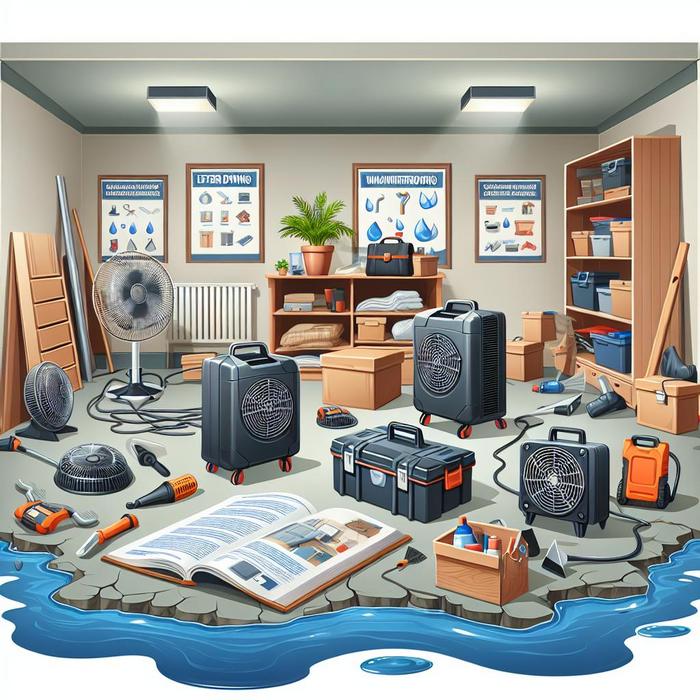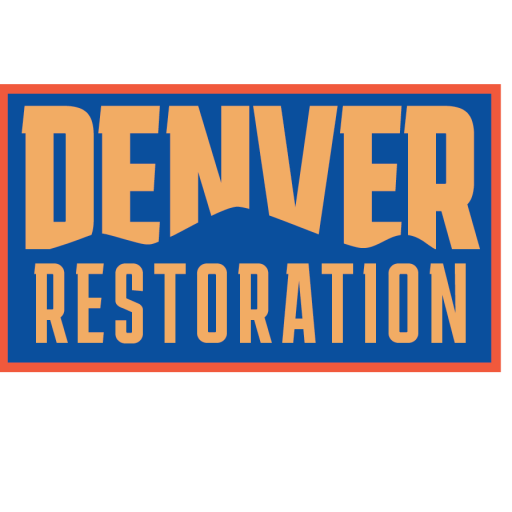Water damage is a common yet devastating event that can occur in any home or property. Whether due to natural disasters or faulty plumbing, the aftermath can be overwhelming, to say the least. It is essential to manage water damage effectively to safeguard your property and mitigate any further consequences.
What Makes Water Damage So Destructive?
Water is a potent force that can severely impact the structural integrity of a property when it gets where it shouldn’t. From warped walls and flooring to electrical hazards and potential mold growth, the outcome can be severe. Managing water damage promptly and effectively is critical to reducing the long-term impact on your property, and more importantly, on your peace of mind.
Managing water damage can feel like navigating a maze. Building the confidence to handle it involves understanding the process – from damage assessment to restoration. This comprehensive guide holds invaluable insights into water damage and effective management procedures.
Initial Steps to Manage Water Damage
When dealing with water-related disasters, quick and effective response is instrumental. Here are some initial water damage tips to help you act swiftly and smartly:
- Assess the situation and ensure safety: Evacuate the property if there is an imminent risk and switch off the electricity to avoid hazards.
- Contact professionals: Reach out to a reputable water damage restoration company to commence immediate mitigation procedures.
- Document the damage: Take photos, make notes, and collect any other evidence of the water damage. This will be critical when making your insurance claim.
Damage Assessment and Estimation: First Step towards Recovery
One of the first steps in managing water damage is a thorough assessment and estimate. This crucial stage involves identifying the source, extent, and impact of the water damage. With this information in hand, a tailored and effective restoration plan can be created.
Our team of experienced professionals provides damage assessment services that target not only water damage but also potential secondary issues like mold growth. With expert guidance, you can gain control of the situation, making your path to recovery more manageable.
Restoration Techniques and Equipment: The Path to Reclaiming Your Property
Swift action, efficient techniques, and the right equipment can turn a potential disaster into a manageable issue. From structural drying to dehumidification, the importance of the right restoration techniques and tools cannot be overstated in controlling water damage.
This insightful discussion illustrates the importance of professional restoration services. Trained professionals know how to use advanced equipment effectively, ensuring efficient and complete water removal.
Understanding the Environmental and Health Safety Whirlwind
Water damage can give rise to various health hazards, from waterborne diseases to potential mold growth. Ensuring environmental and health safety during the restoration process is paramount.
Professionals are trained to handle these possible dangers, ensuring that the restoration is not only effective but safe. Take a look at this useful guide for a comprehensive look at safety during water damage restoration.
Dealing with Insurance and Legal Compliance
When you’re dealing with water damage, an important element of the recovery process involves addressing legal and insurance requirements. Insurance claims for water damage can be complex and demanding. It is crucial to gather all the necessary documentation and information before filing your claim.
In some cases, failure to meet the specific terms of your insurance policy can result in denial of the claim. Therefore, it is critical to carefully review any relevant policy language and seek clarification if needed.
This Reddit thread offers detailed discussions about the confusing landscapes of insurance claims involving water damage. Your restoration professionals should work closely with you to ensure accurate and suitable documentation, facilitating a smoother claims process.
Navigating legal compliance is also paramount when handling water damage restoration. Ordinances and building codes may depend on the extent and nature of the damage. Regulatory requirements may dictate specific approaches to restoration, cleanup, reconstruction, and mold remediation. Failure to adhere to these guidelines can potentially result in fines and legal disputes.
Communication and Customer Service: Keys to Successful Recovery
In times of a crisis involving water damage, communication becomes the backbone of effective management. A reputed restoration service will ensure constant communication to keep you updated throughout the process. You should be clearly informed about the restorative steps taken, timeframes, and potential challenges.
Besides the technical skills needed for restoration, a professional team should prioritize customer relationships. A sound restoration company knows it’s dealing not only with damaged property but also with individuals who may be going through immense stress and discomfort. Therefore, they ensure to provide empathetic, timely, and effective customer service.
Mold: A Hidden Enemy
One dangerous consequence of water damage is the potential for mold growth. Mold thrives in damp, humid conditions, turning water-affected areas into active breeding grounds. Exposure to mold can lead to various health issues like respiratory problems, skin irritation, throat discomfort, and even serious lung infections.
Because mold can be hidden in plain sight, growing behind walls or under carpets, it can be overlooked during a cursory clean-up. A professional restoration service will not only look for visible mold growth but also potential hidden colonies.
This mold safety guide from the University of Rochester provides insights into the dangers of mold and safety measures associated with it. And this internal link provides information on how professional restoration services can help you protect your property against mold.
Minimizing Consequences and Future Protection
Post-water damage, your goal should not only be to restore what was lost but also to minimize the chances of future damage. Steps such as improving plumbing systems, installing water leak alarms, and ensuring effective room ventilation are beneficial in minimizing future risks of water damage.
Expert professionals can help you outline a comprehensive plan to safeguard your property against future water damage, giving you peace of mind and safety. This article can guide you to an effective water damage restoration plan.
Crisis Management and Recovery
In essence, water damage is a crisis, and managing it effectively requires a strategic step-by-step approach. From initial damage assessment to the final touches of restoration, it entails various interconnected processes.
A reputed restoration service acts as your crisis management partner, helping you transition from the overwhelming aftermath to a full recovery. This link elucidates how expert recovery steps can accelerate your return to normalcy.
Investing in Expertise: Ensuring Quality Water Damage Restoration
Managing the aftermath of water damage is more than simple cleaning tasks. It requires an in-depth understanding of potential hazards, safety protocols, mitigation processes, and restoration techniques. The scope and complexity of the process make it necessary to invest in expert water damage restoration services.
Expertise in this domain goes a long way in avoiding potential pitfalls and ensuring comprehensive restoration. From restoring structural integrity to containing potential health risks, water damage management needs to be an informed and skilful process.
Navigating the aftermath of water damage can be daunting, but equipped with knowledge and understanding, the road towards recovery becomes much more manageable. Remember, you don’t need to tackle it all by yourself – professional help is always available. With expert support, you can not only restore your property to its former glory but also minimize the chances of future damages.

